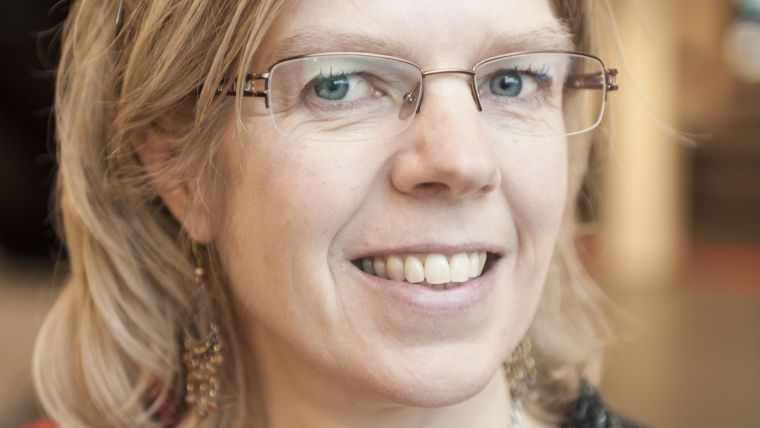The Next Steps for 3D…
10 years from now, a semantic-rich 3D virtual model of our environment will be available and continuously updated by citizens, companies and governments as well as by sensors that monitor air quality, temperature, noise, etc. With the up-to-date 3D virtual model, governments will be well-informed on the current state of our environment and will be able to accurately predict the impact on flooding, energy, safety, etc. in the case of an intervention (whether planned or not). In addition, citizens will be able to experience the impact of new infrastructures or a windmill using serious gaming. 3D building permits can automatically be checked against the 3D zoning plans and 3D city models, and the submitted 3D design data can be used to keep the virtual model up-to-date.
This scenario seems feasible with the current techniques for collecting, updating, maintaining and disseminating 3D data. However, there are a few challenges to overcome.
First of all the scenario is only feasible if 3D data can flow between different domains. In many domains 3D has been common technology for many years (e.g. water, noise, air quality, energy, building & construction). But it is still very difficult to share 3D geo-information along the stages of urban and environmental processes (from plan and design to maintenance).
Another challenge is keeping the level of detail of 3D data in balance with the needs. When talking about 3D, people often assume highly accurate, virtual reality models are needed, while for many applications less accurate models (but with clean data) suffice. Starting with requirements for the finest level of detail will not automatically give the integrated 3D virtual model. Instead experience on how the integration of 3D data between domains work is needed first, starting with 3D data that is already at hand like the Digital Terrains Models and block models of buildings.
Also relevant for 3D developments is the integration between geo and BIM. Although often named as the solution for 3D, in practice reuse of BIM data in geo-applications and vice versa hardly happens. One overarching model does not seem realistic because of the fundamental differences between geometry, semantics and level of detail. Because very few people are experts in both domains, attempts to achieve integration using assumptions about each other’s domain leads to solutions that may work on paper but not in practice. Instead, the integration can take shape by starting small and specific. Through actual data exchange, one can understand the data restrictions from the other domain and construct a BIM-friendly geo model or a geo-friendly BIM model. And from there, small steps can be taken towards further integration.
The vision of an integrated, up-to-date 3D virtual model of reality dynamically integrating 3D data across domains comes within reach if we think small and make this fit in larger ambitions like Smart Cities, Internet of Things and Big Data. Only then will this vision, which looks straightforward on paper, become feasible.
Jantien Stoter is professor 3D GeoInformation at Delft University of Technology with a PhD on 3D Cadastre (2004). She is also researcher at both the Kadaster and Geonovum where she studies 3D spatial data infrastructures. She chairs the EuroSDR 3D SIG and is vice-chair of the OGC 3D Information Management Domain Working Group. She recently received a grant from the European Research Council for her proposal Urban Modelling in higher dimensions.

Value staying current with geomatics?
Stay on the map with our expertly curated newsletters.
We provide educational insights, industry updates, and inspiring stories to help you learn, grow, and reach your full potential in your field. Don't miss out - subscribe today and ensure you're always informed, educated, and inspired.
Choose your newsletter(s)
























